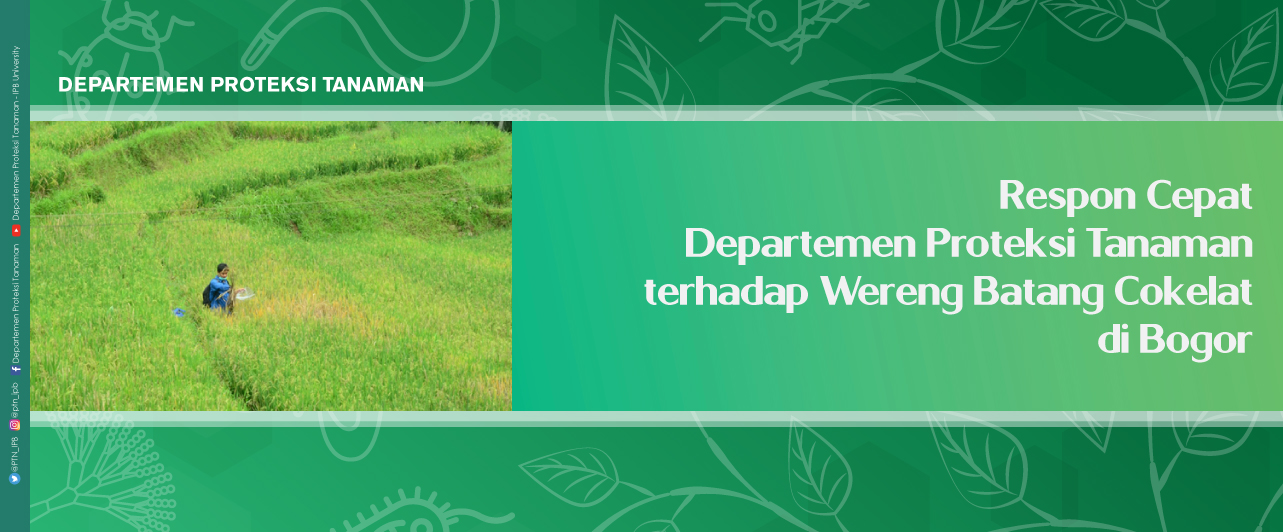
Plant Protection Department’s Quick Response to Brown Planthopper in Bogor
The Plant Protection Department (PTN) team responded quickly with reports of attacks by the brown planthopper (WBC) Nilaparvata lugens (Hemiptera: Delphacidae) in Bojong Jengkol, Ciampea and Purwabakti, Pamijahan on 15 and 17 February 2021. Some staff from PTN's pest division namely Dr. Dewi Sartiami, Dr. Idham Sakti Harahap, Dr. Ruly Anwar, Dr. R. Yayi Munara Kusumah, Dr. Pudjianto, Dr. Nina Maryana, Bonjok Istiaji, MSi and Nadzirum Mubin, MSi made a visit to see and help solve problems in the field.
The brown planthopper is a major pest in rice plants. The attack when the population is high can cause symptoms in rice that look like yellowing and dryness, so that it is like a "hopperburn" burning symptom, resulting in crop failure or "puso". Brown planthopper attacks, attacking rice fields in the form of plots or in the form of stretches (hectares). So, first in 1986 until a Presidential Instruction (Inpres) appeared on the management of the WBC because it had caused attacks on rice centers in Indonesia. And this also shows that WBC is a very "vicious" insect that, apart from causing crop failure, can also be a vector insect that can transmit grass and dwarf dwarf viruses. The grass dwarf virus and hollow dwarf also cause rice to be unable to grow properly (upnormal) so that the morphological and physiological processes of plants are disrupted.
The WBC attacks in Bojong Jengkol-Ciampea and in Purwabakti-Pamijahan attacked the same type of rice, namely the Inpari variety. According to the Indonesian Center for Rice Research (BBPADI), the Inpari variety is a variety that is somewhat susceptible to attack by WBC. However, what is still a question is, WBC attacks are generally found to attack rice in the lowlands, what is unique is that these WBC attacks are found in the highlands in the Purwabakti-Pamijahan area with an altitude of about 750 meters above sea level.
According to Pak Handi (60 years), apart from attacking Inpari 32 rice in Purwabakti, Pamijahan also attacked the local rice varieties of IR Kebo even though the scale of the attack was relatively low. And this brown planthopper attack this previous growing season had never attacked and caused damage.
Similar to Pak Atta (65 years old), the type of rice that was attacked was the Inpari 30 variety in Bojong Jengkol-Ciampea. The attack is very severe (almost 100% hit) but the attack is only a map, not an overlay.
Although WBC attacks are different for each location, this needs to be anticipated because WBC with a high population can become a migrant phase (G3), namely WBC in a winged phase (Makroptera). WBC attacks that cause damage are when the peak phase of 'brakiptera' (G2) causes damage due to that phase.
WBC attacks are not only during the dry season, but also the rainy season often occurs in various locations. Biotic and abiotic factors that cause an increase in WBC population, such as an increase in the amount of nitrogen fertilizers applied, insecticide spraying that is not on target and in the right dose, use of non-resistant varieties, and cultivation patterns such as the use of a proper planting system. The cropping system that is often used, namely legowo row (2: 1, 4: 1 etc.), can reduce the risk of increasing the WBC population because the micro-climate is not preferred by the WBC. WBC prefers planting conditions with high humidity, when farmers use a very dense planting of rice, it will increase the microclimate at the bottom of the crop, thus triggering an increase in the WBC population faster.

Credit foto: Dr. R. Yayi M. Kusumah



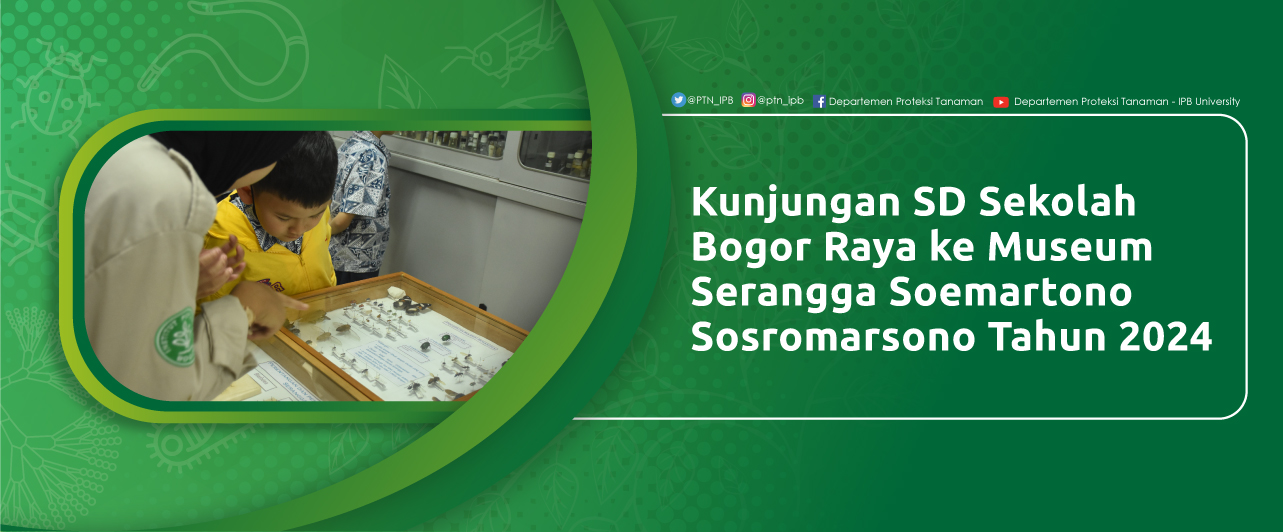
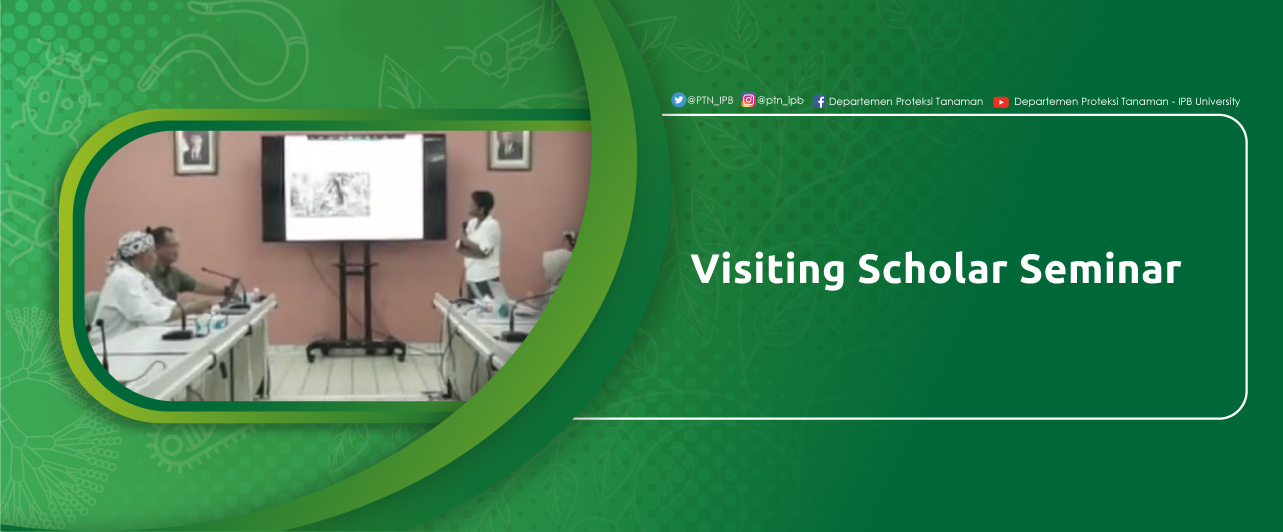
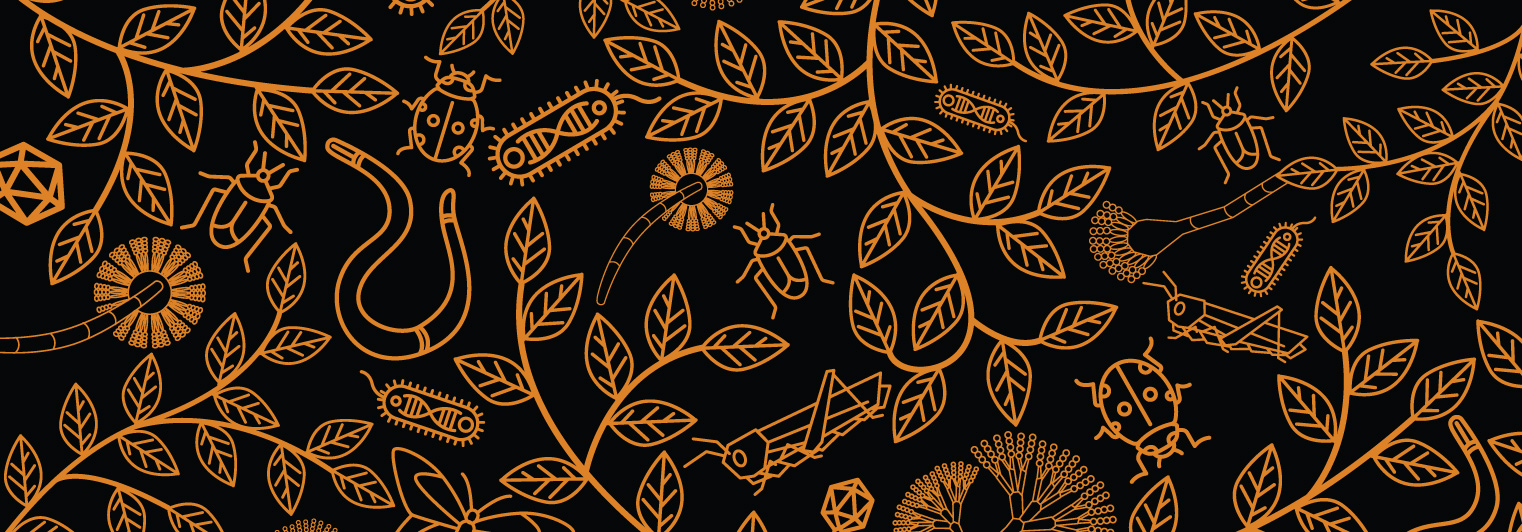

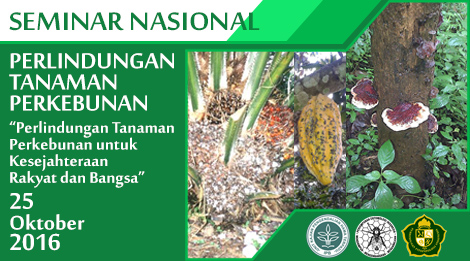
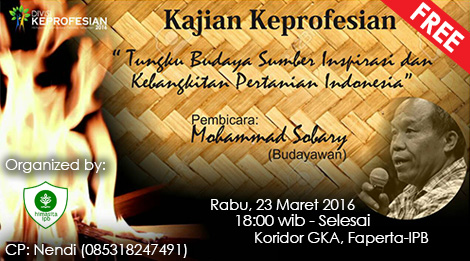
.jpg)